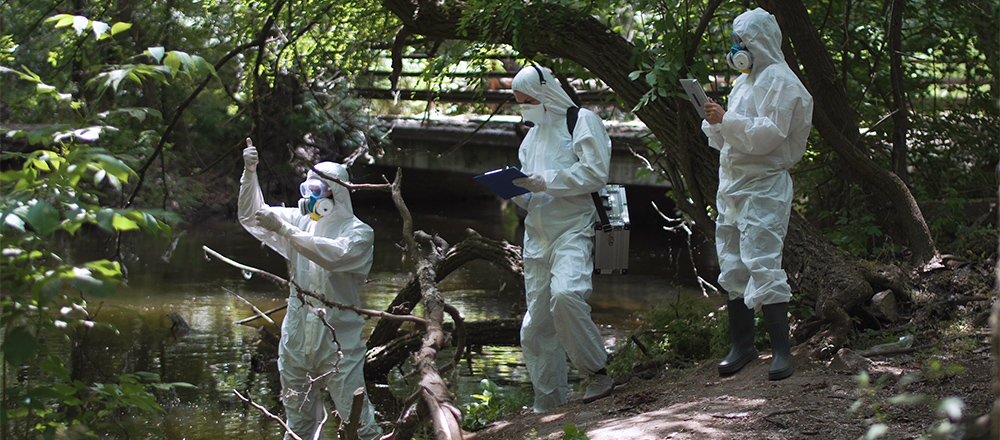At a glance
When an environmental incident strikes, public health authorities need immediate information. ATSDR modeled the EPI CASE (Contact Assessment Symptom Exposure) Toolkit after the Rapid Response Registry toolkit. It's used to help public health professionals quickly make an assessment. Epi CASE can be used as part of an ACE.

Purpose
Public health professionals need to know how many people were exposed or potentially exposed to hazardous substances. It is important to know who is experiencing symptoms or may have immediate needs. The data collected using the toolkit can generate simple statistics. The information also supports other epidemiologic follow up, including health studies, community assessments, health assessments, or health registries. It helps them to learn more about the affected community.
Epi CASE guides developing a post-disaster registry
This toolkit guides public health professionals through practical steps, which may include developing a health registry. While registries are a powerful public health tool, they can also be a large time and resource commitment. Many factors must be carefully considered, and these tools can help guide those decisions.
Completing the Epi CASE survey provides states with a way to communicate with the affected individuals in the future if needed. The decision support tool and considerations document help guide the next steps, which can include developing a registry.
Examples of some ATSDR initiated registries include:
What's included
The Epi CASE toolkit contains materials that can easily be downloaded and customized for use.

